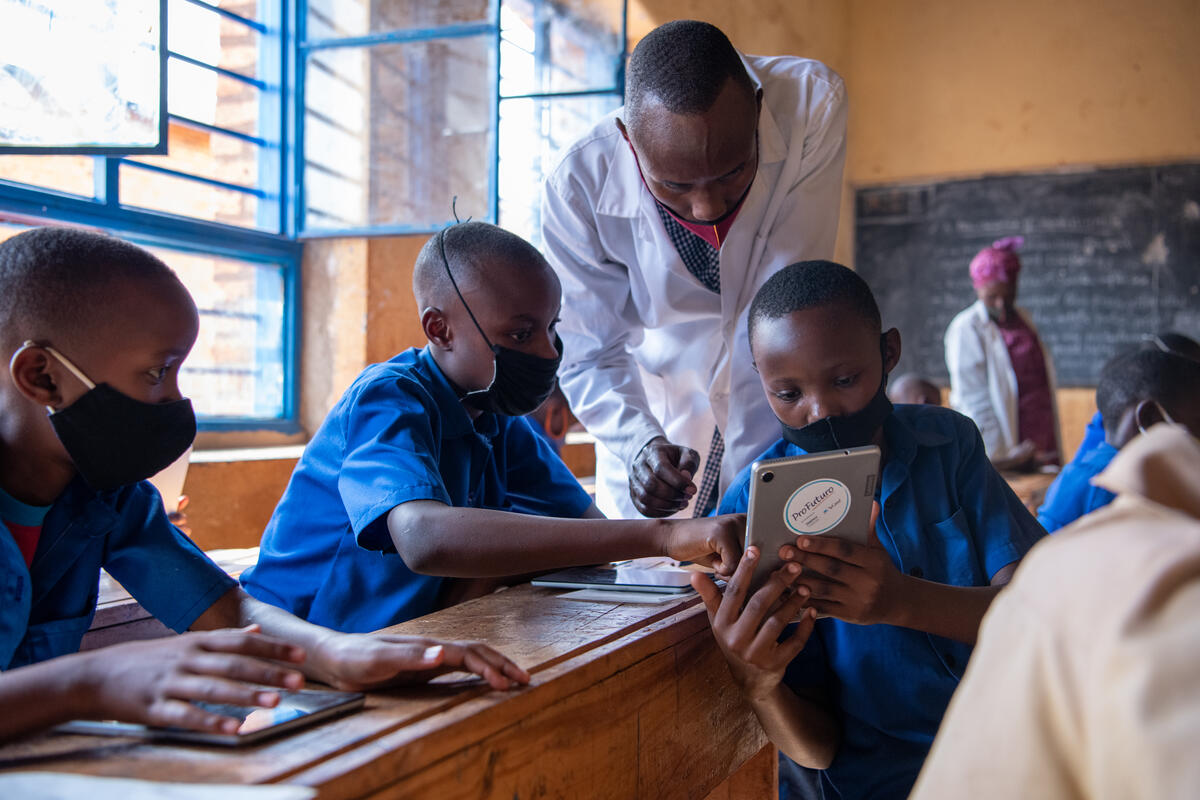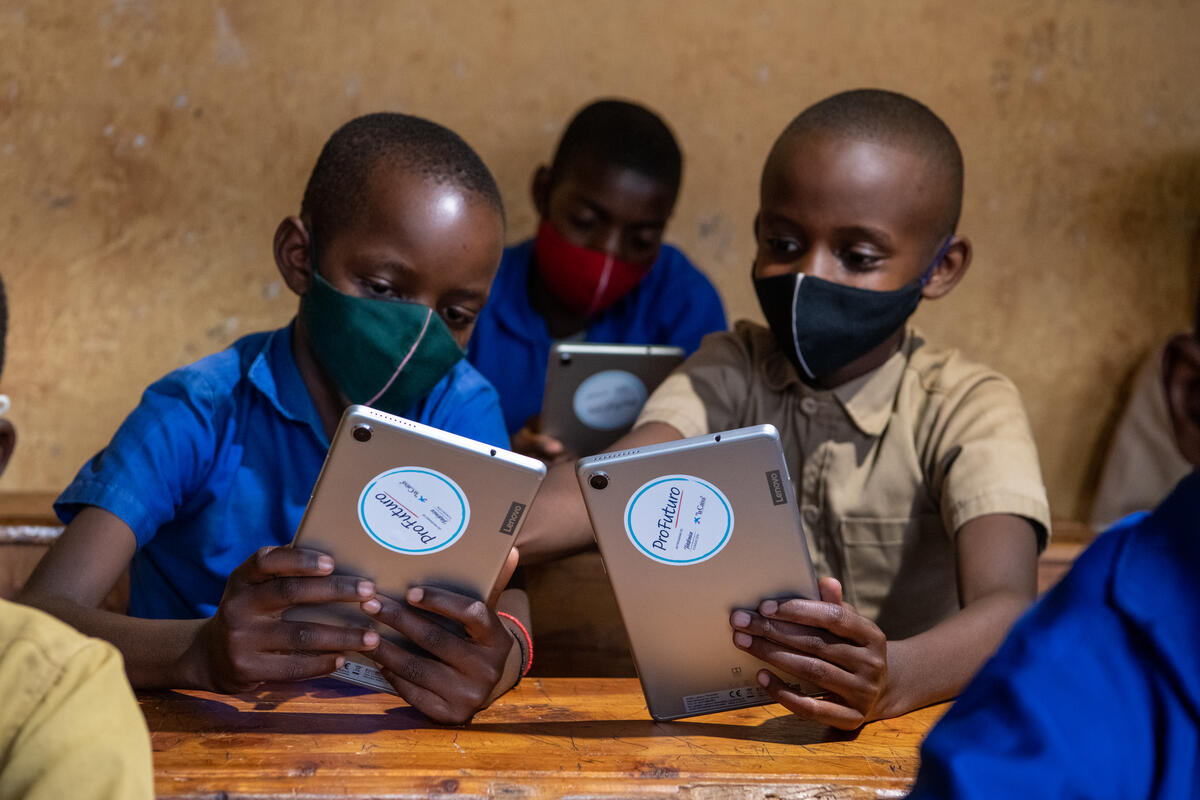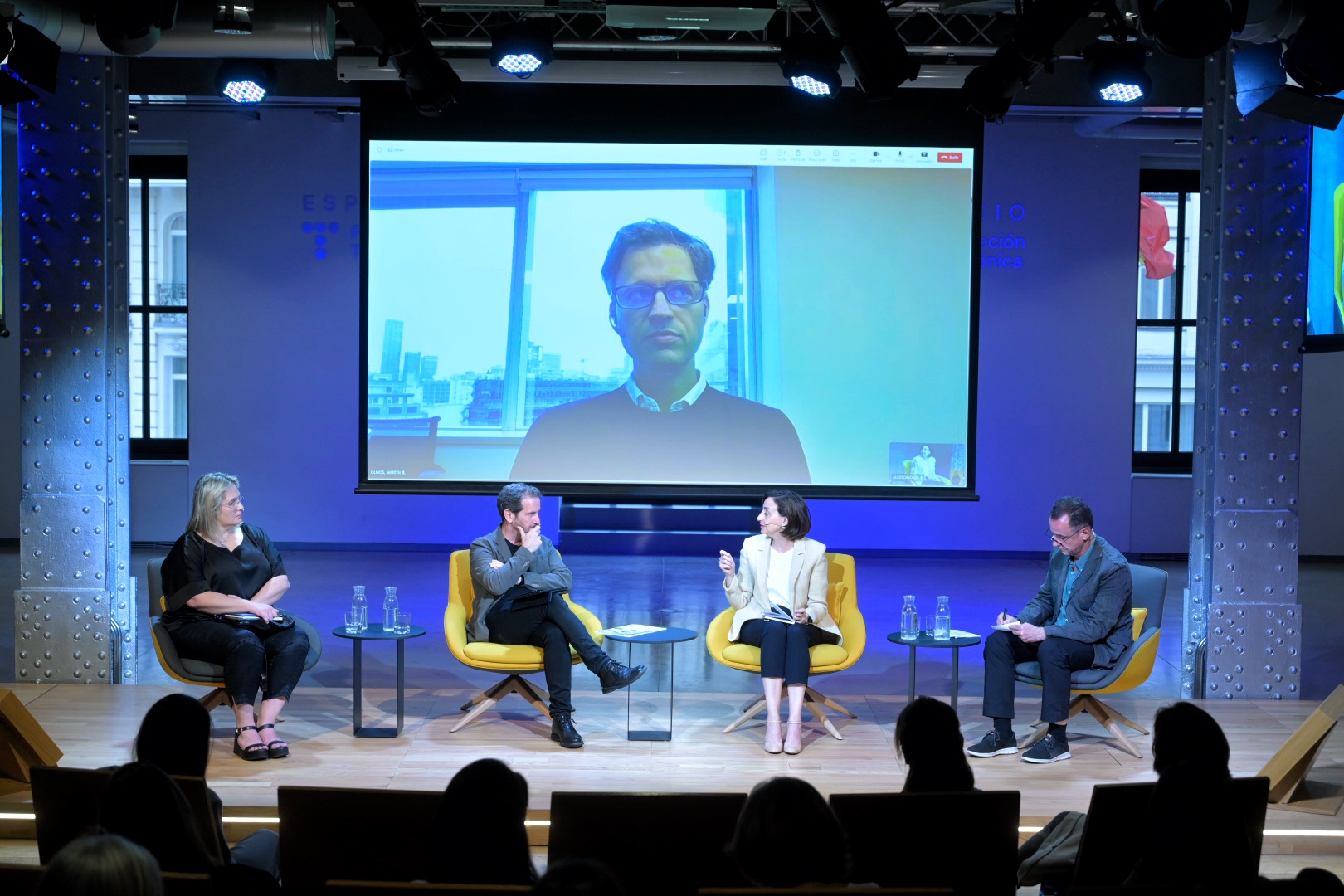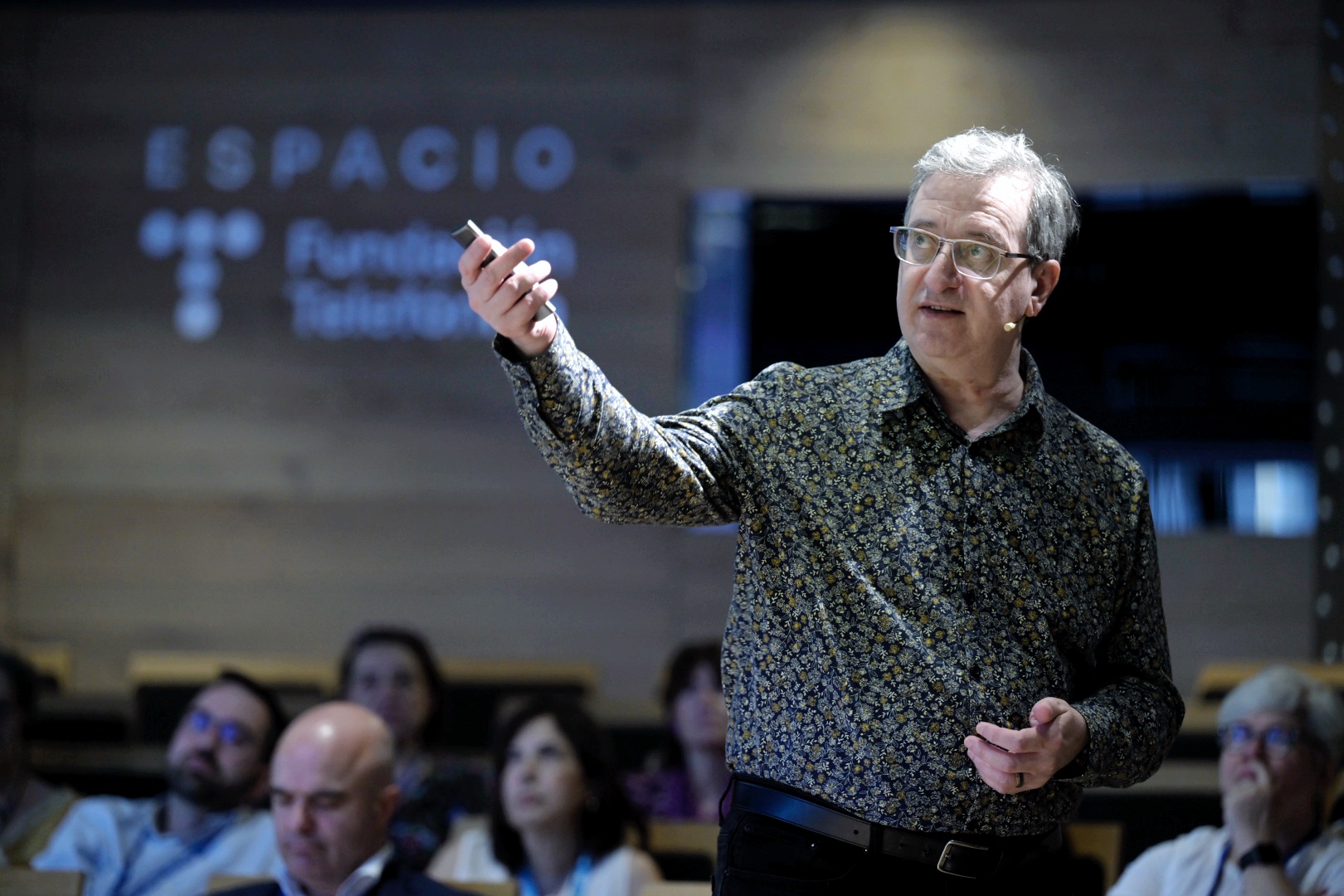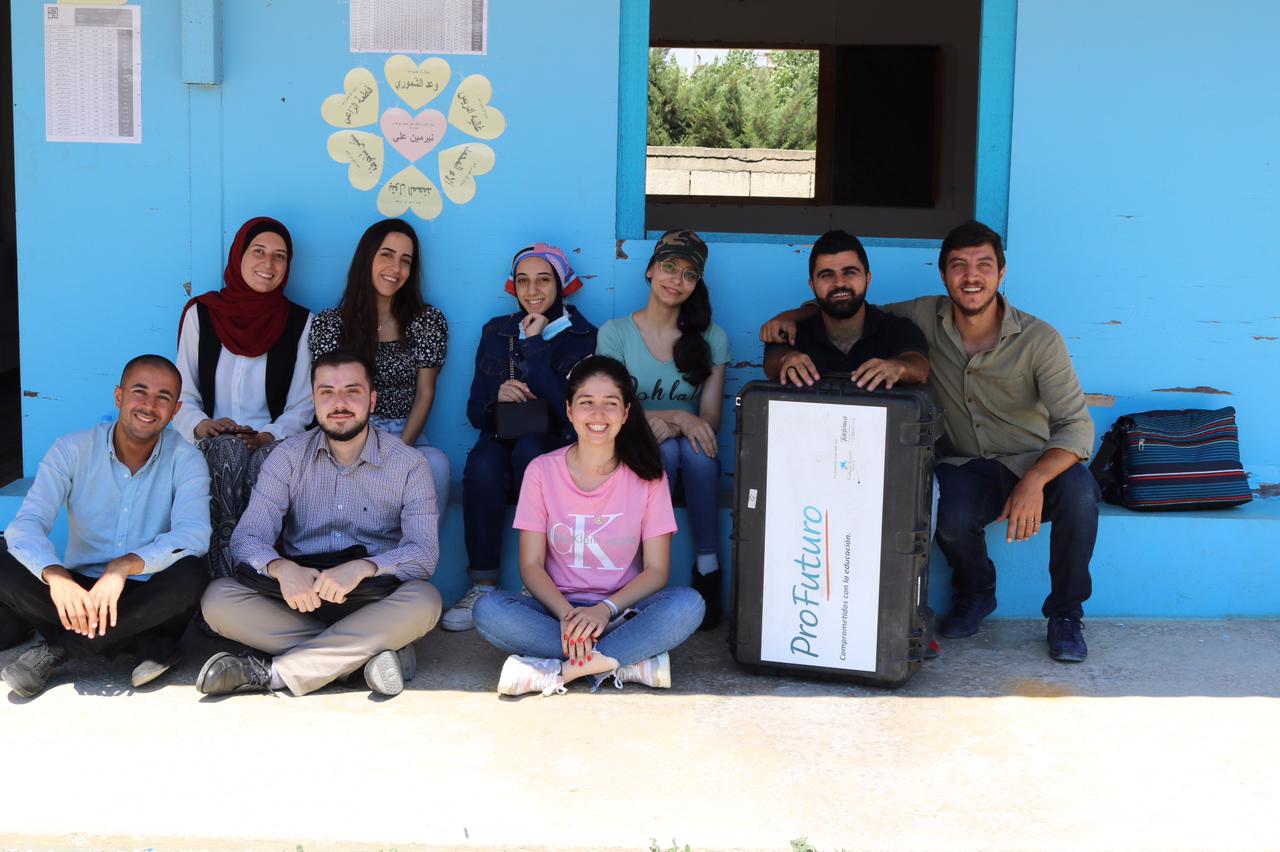Our digital education programme has been included in UNHCR’s 2022 Refugee Education Report, which presents the clearest picture to date of the state of education for children in refugee situations.
The name chosen for the annual report “Inclusive education: Campaign for Refugee Education” is based on three key elements to achieve UNHCR’s goals: “A moral imperative. A common effort. A global priority.
The paper draws on data from more than 40 countries around the world and illustrates how refugee children and youth are falling behind their non-refugee peers in terms of access to quality inclusive education. It also highlights the aspirations of young refugees, as well as the hopes and ambitions of teachers in refugee and host communities.
The report, which tells the stories of some of the more than 10 million school-aged refugee children under UNHCR’s mandate, calls for refugees to be included in national education systems from the onset of humanitarian emergencies. “Education is an investment in development, human rights and peace”, says Filippo Grandi, UN High Commissioner for Refugees.
ProFuturo: adapting education to humanitarian contexts
At ProFuturo, we believe that education is a fundamental right of all people, including those affected by conflict and natural disasters. Therefore, in 2018, we started adapting our digital education programme to humanitarian contexts with the aim of promoting access to well-rounded quality education for children who have been forcibly displaced and are in a refugee situation.
In early 2021, we began our collaboration with the UNHCR Spanish Committee with the aim of increasing the quality of education and facilitating the integration of refugee children into the national education system and providing access to a safe place to learn.
In our first year, the programme reached more than 18,000 children in 15 schools in Rwanda and 374 teachers were trained. In 2022, the collaboration not only continued in Rwanda, but was extended to Nigeria and Zimbabwe with the aim of reaching more than 25,000 students.
